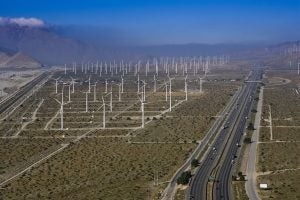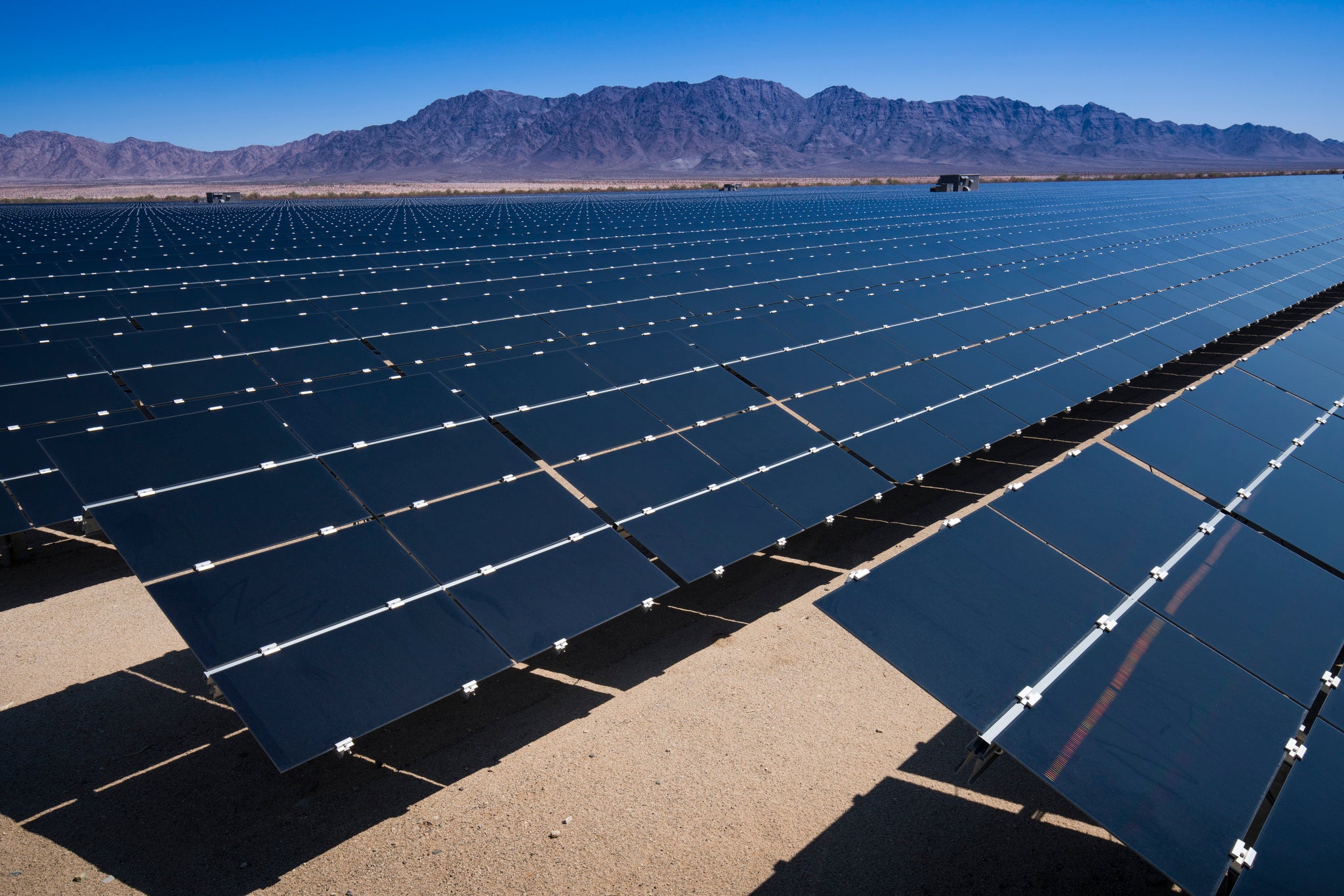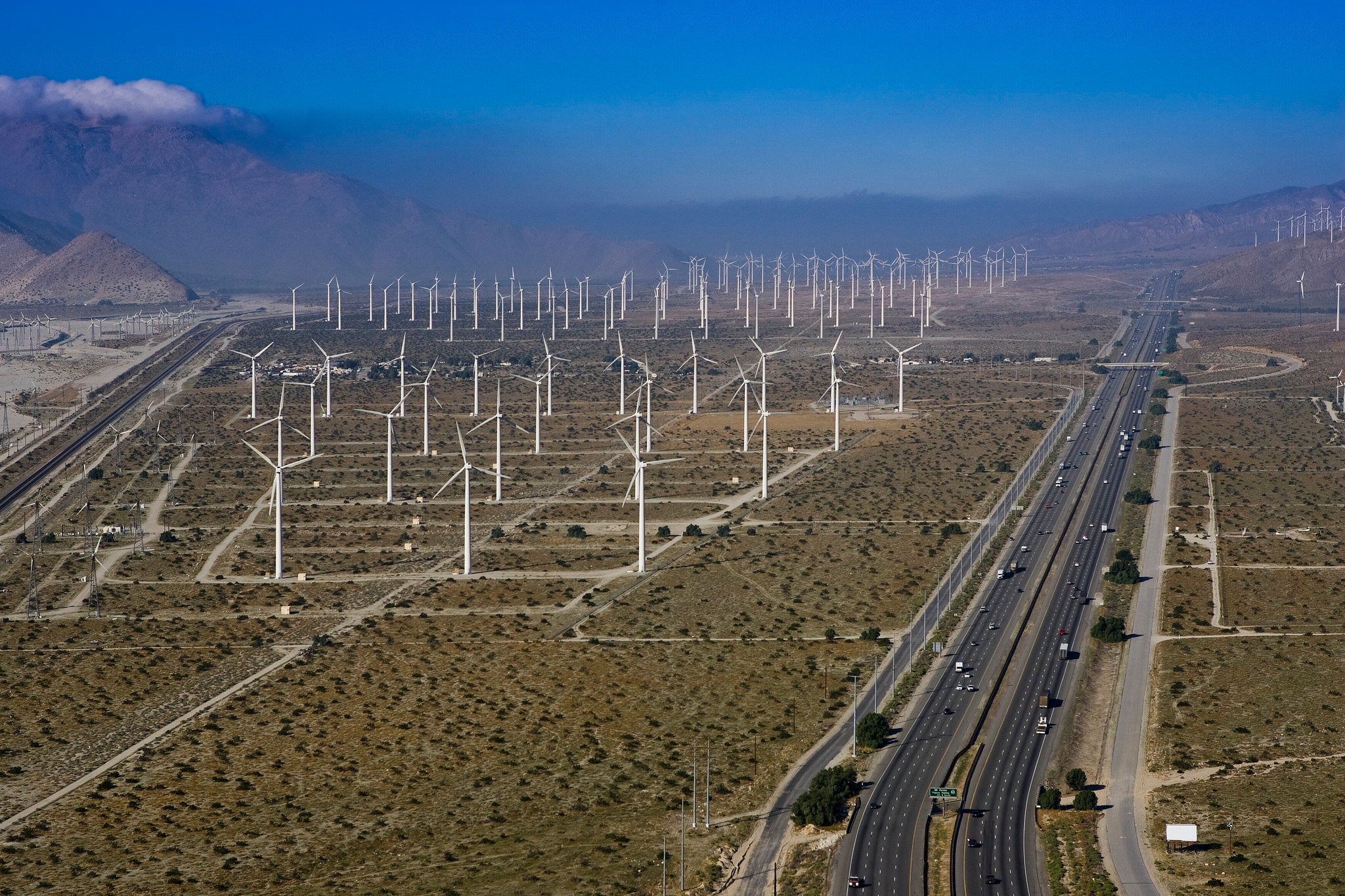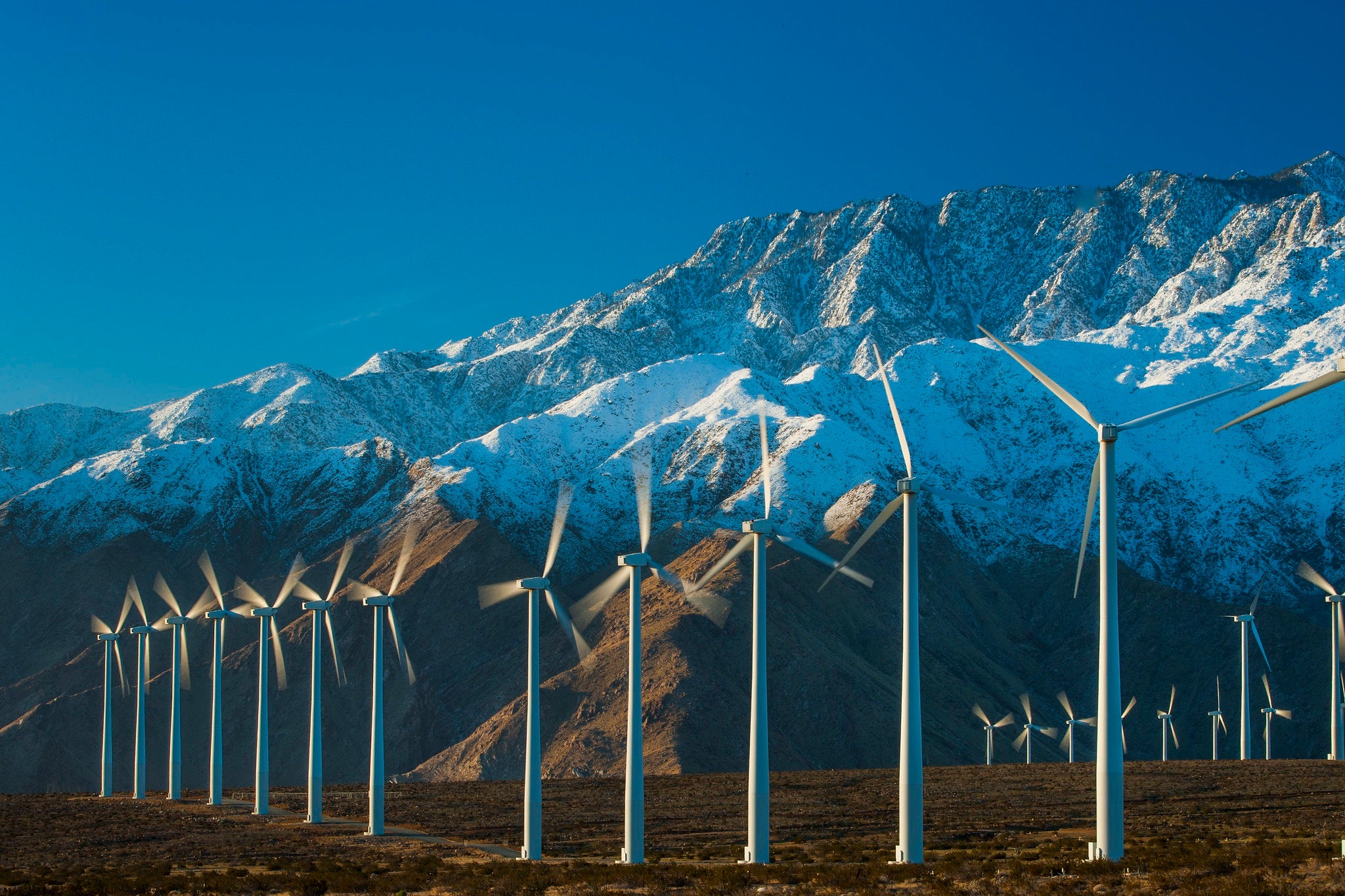
May brings another record auction for the Western Climate Initiative, as California considers how to ramp up climate action
Results of the May Western Climate Initiative auction were released today, and again they demonstrate strong demand for allowances and generate revenue that will deliver meaningful investments for California communities. Earlier this month, the California Air Resources Board (CARB) also outlined the role of its cap-and-trade program in its draft Scoping Plan, which intends to chart the path to California’s 2030 and 2045 climate targets. However, there is major room for improvement: CARB needs to do more to ensure the emissions cap is an effective backstop and can provide certainty of near-term emission reductions.
Auction results breakdown
- All 58,331,300 current vintage allowances offered for sale were purchased, resulting in the seventh consecutive sold out auction.
- The current auction settled at $30.85, $11.15 above the $19.70 floor price and $1.70 above the February settlement price of $29.15. This is the third consecutive record auction settlement price.
- All of the 7,942,750 future vintage allowances offered for sale were purchased; these allowances can be used for compliance beginning in 2025. This is a rebound from last quarter’s auction when allowances for future use fell just short of a sellout.
- Future vintage allowances settled at $28.13, $8.43 above the $19.70 floor price. This is the second-highest settlement price of an advance auction after the November 2021 price of $34.01.
- The May auction generated almost $1.1 billion for California Climate Investments which continue to drive resources toward some of the most overburdened communities in the state.
- Quebec generated almost $300 million USD (almost $380 million CAD) for the province’s Electrification and Climate Change Fund.
What factors may be at play with these results?
These strong results from the most recent auction continue the trend of high demand — and increasing prices — for allowances. As we’ve covered previously, there are a few potential reasons behind this:
1. Expectations of higher emissions. Even as California’s (now normal) drought conditions worsen, the state is also predicting a possibly record-hot summer. Water shortages combined with extreme heat mean electricity demand could be through the roof this summer and fall. Meeting this demand means potentially dirtier electricity resources as we have less hydropower available and could need to burn more natural gas to keep the lights and air conditioning on.
2. Investor interest. More financial players appear to be purchasing allowances, which adds to overall allowance demand and can help drive the price higher. While their motivation is to realize a return on their investment, this market activity can also contribute to climate progress. Higher allowance prices, as we’ve seen in recent auctions, can help bring emission reductions forward in time. Instead of waiting to invest in emission reduction technology, for instance, an industrial entity might decide it’s better to make that investment now. This means emission reductions happen sooner, which reduces the cumulative impact of greenhouse gas emissions on the climate. Cumulative reductions are essential to reducing the worst impacts of climate change.
3. Draft Scoping Plan sends a mixed message. The California Air Resources Board is rightly recognizing that the most important function of an emissions cap is to be a backstop and provide certainty of meeting reduction goals. However, the draft Scoping Plan stops short of describing in detail what quantitative role CARB expects the program to play as the state looks to goals in 2030 and 2045, beyond predicting it will “likely play a reduced role” compared to the 2017 Scoping Plan.
At the same time, CARB recognizes that there is uncertainty in the course they have charted in the draft Scoping Plan in terms of how fast technology can be developed and deployed, among myriad other factors, and they are committing to doing an analysis of that uncertainty. If uncertainty is high then the cap could play a more significant role than what CARB is predicting. Clearly relying on the cap to close a potentially large emissions gap could indicate long-term reliance on the cap-and-trade program, contributing to the rebound in demand for future allowances from the slight downtick at the February auction.
However, the more urgent question than the relative role of cap and trade in delivering emission reductions is whether the emissions cap — which guarantees that covered sources will not exceed the limit on pollution — is calibrated correctly. In the first installment of a four-part series on the draft Scoping Plan, we explain why the Plan should reflect a tighter emissions cap to ensure that California’s 2030 climate goal will be met.












